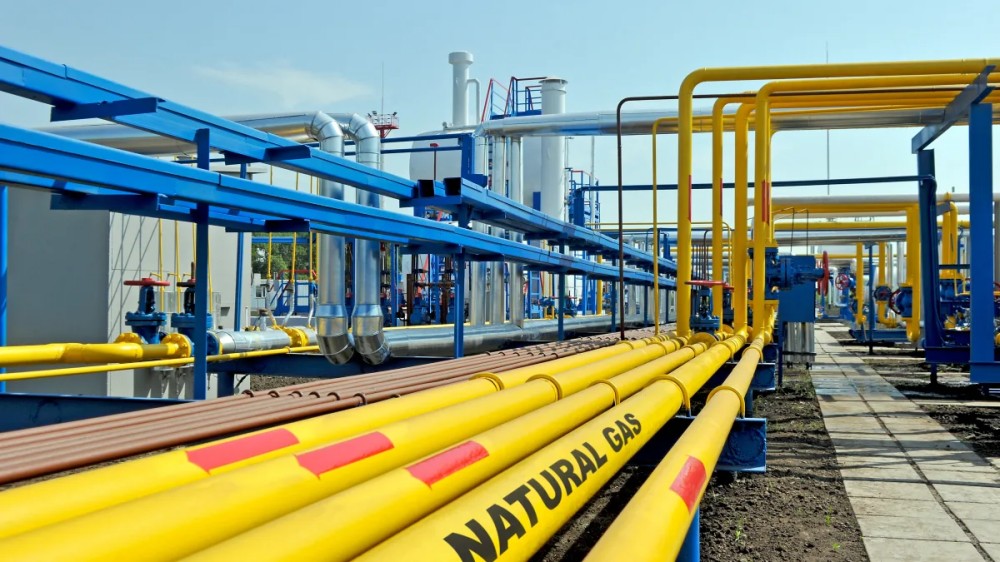What are the differences between gas ball valves and water ball valves?
There are some differences between gas ball valves and water ball valves in terms of design and application.
1. Material selection: Gas ball valves usually use industrial-grade carbon steel or stainless steel to ensure their pressure resistance, corrosion resistance, and high temperature resistance. Water ball valves usually use ordinary carbon steel or stainless steel because water pressure and corrosiveness are relatively low.
2. Different applications: Gas ball valves are mainly used for controlling gas media such as natural gas, coal gas, and liquefied gas, with special requirements for gas leakage and safety. Water ball valves are mainly used in water supply and drainage systems, industrial water supply, and other occasions where water sealing and leakage prevention are required.
3. Different sealing structures: Gas ball valves usually adopt flameproof structures or special designs to ensure safety during use. Water ball valves generally use ordinary sealing structures to ensure water sealing performance.
4. Different interface standards: Gas ball valves usually use flange connections or butt welding connections according to national or industry standards to ensure the strength and sealing performance of connections. Water ball valves can be connected with ordinary threaded connections or flange connections.
In conclusion, there are differences in material, design, application, and connection methods between gas ball valves and water ball valves. Choosing the appropriate ball valve according to different usage scenarios can better meet the requirements.
